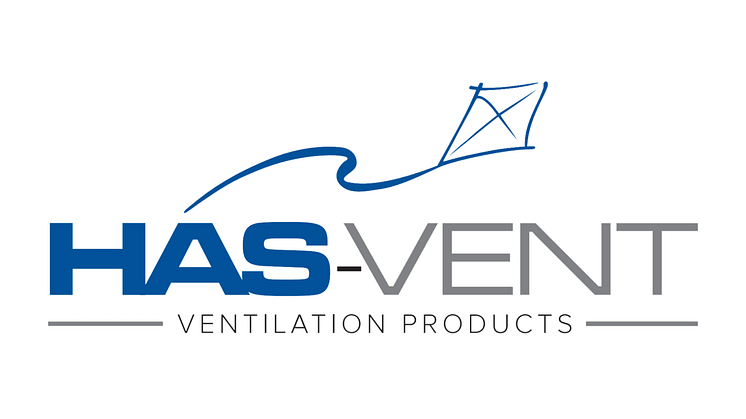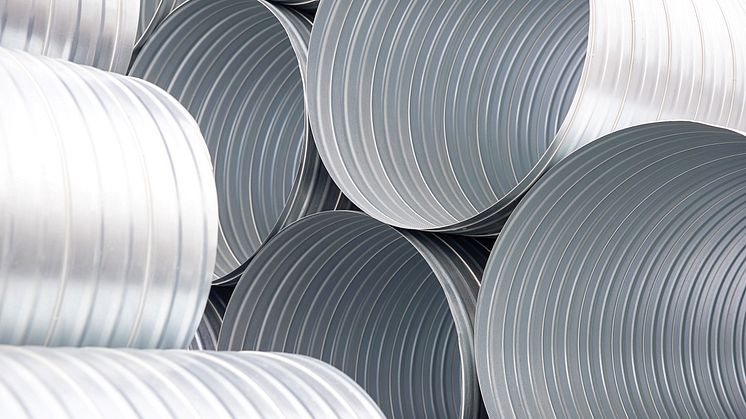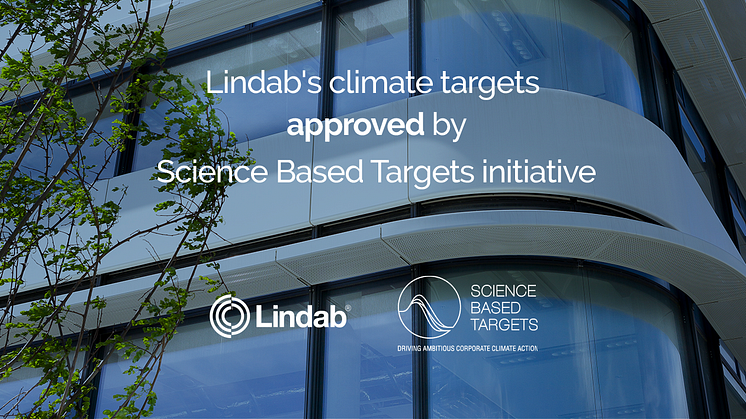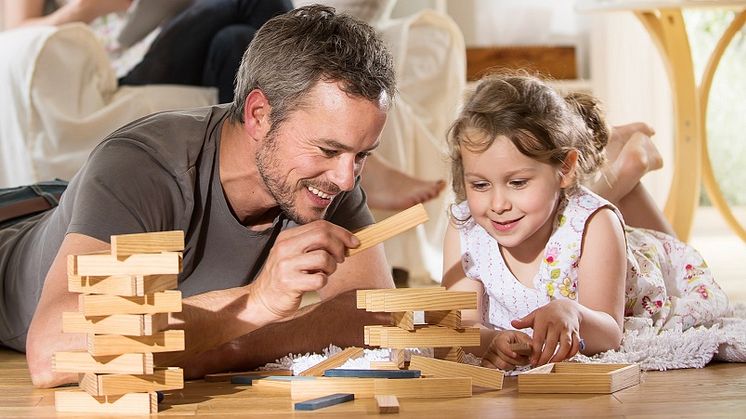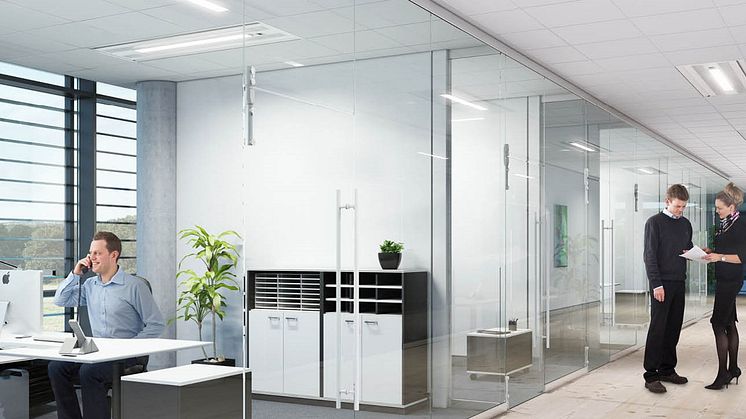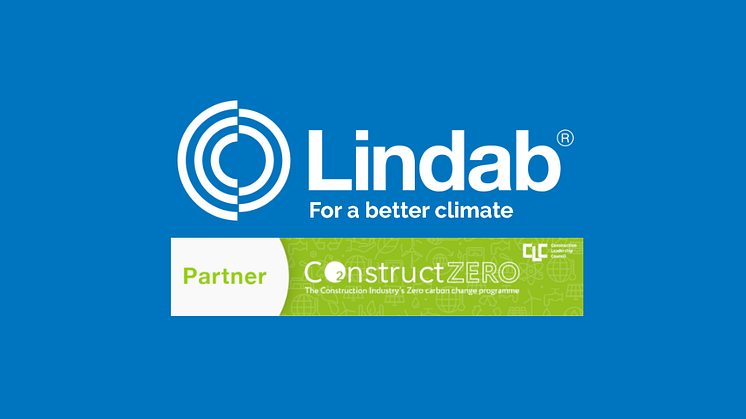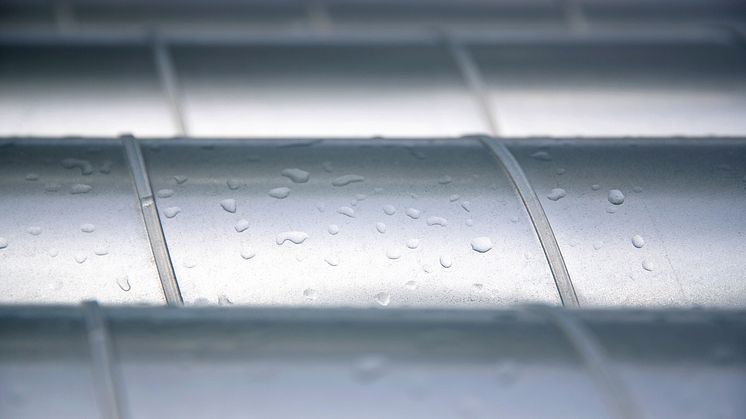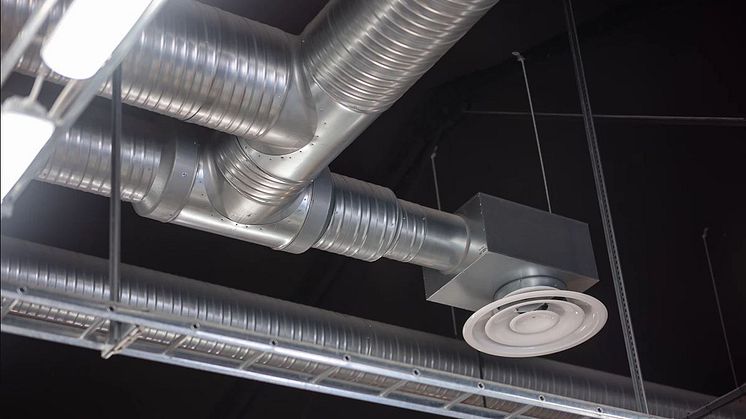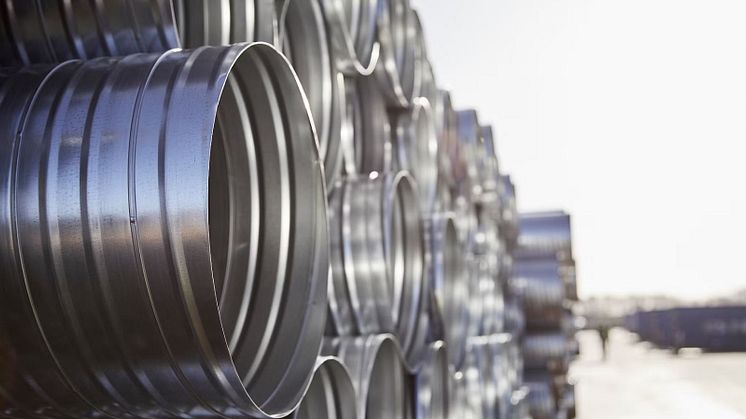Lindab is a leading ventilation company in Europe, offering solutions for energy-efficient ventilation and a healthy indoor climate. The products are characterised by high quality, ease of installation and environmental thinking. Lindab also offers an extensive range of roof and rainwater systems which are designed to simplify construction and are delivered with high levels of service for increased customer value.
Most of us spend the majority of our time indoors. We at Lindab have therefore made it our most important objective to contribute to an indoor climate that improves people’s lives. We also aim to contribute to a better climate for our planet by working in a way that is sustainable for both people and the environment.



